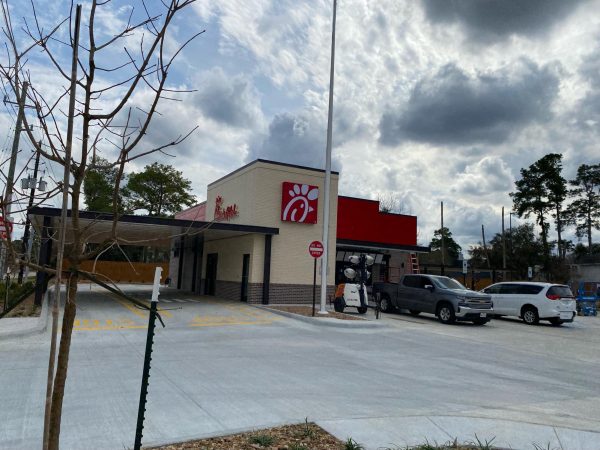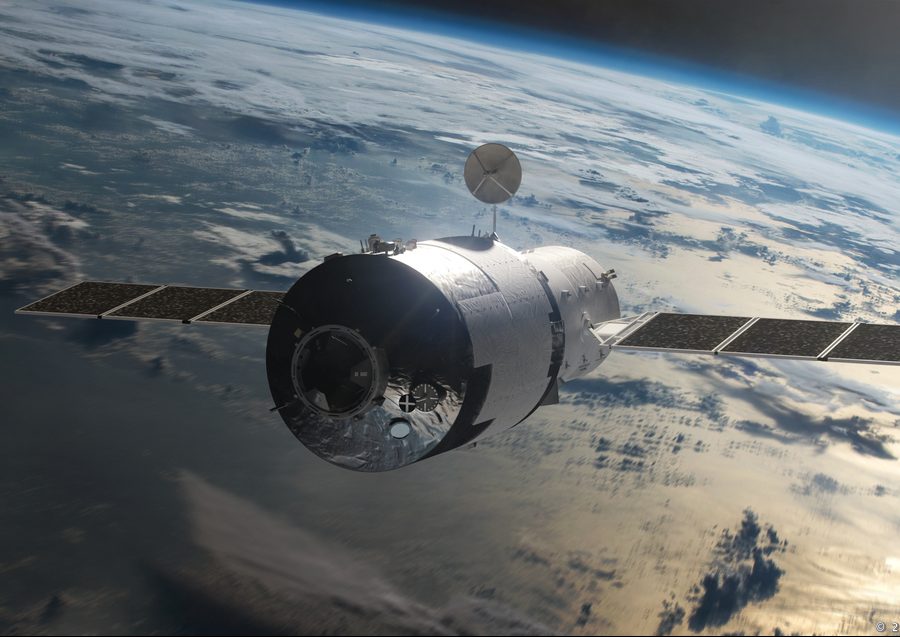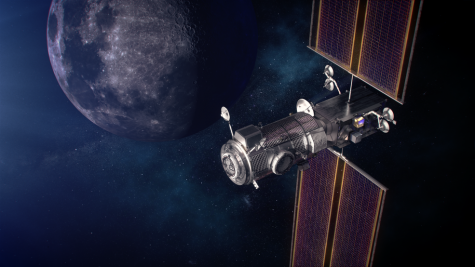Fall From Heaven
chinese space lab tiangong-1 crashes
Photo By: Space Flight Insider
An illustration of Tiangong-1
In September 2011, the very first ever Chinese space lab named Tiangong-1, or Heavenly Palace, was launched as a high profile prototype in preparation for China’s ultimate goal. They wanted a permanent space station by the year 2022. However, the space lab came plummeting down in a fiery blaze on April 2, 2018 in an attempt to guide it down in a controlled and mannerly fashion. The debris fell in a perfectly projected area of the South Pacific just as the researchers and astrophysicists had previously predicted from their estimations and telescopic studies. Either it all burned up in the return down to Earth, or it had been lost at the bottom of the ocean.
The last known use of Tiangong-1 was in 2013 by a group of astronauts who conducted tests and experiments, and it docked with three spacecrafts while it was still in use. Since then, the space lab has been unmanned. By 2017, China proclaimed that that Tiangong-1 was no longer functioning without giving a specific reason as to why. Anymore reasons as to why Tiangong-1 crashed over the Pacific have not made themselves apparent.
In 2016, however, China launched another space lab under the name of Tiangong-2 before the first model had been labeled as functionless. Both labs are a major part of China’s preparations for a final ultimate and permanent space lab.
China is currently training astronauts to dispatch onto their space lab which is projected to assemble in 2020, and the lab will begin to function in 2022. In addition to their original plan of creating a permanent space lab, China also has intentions of sending a man onto the moon and a rover to Mars.













